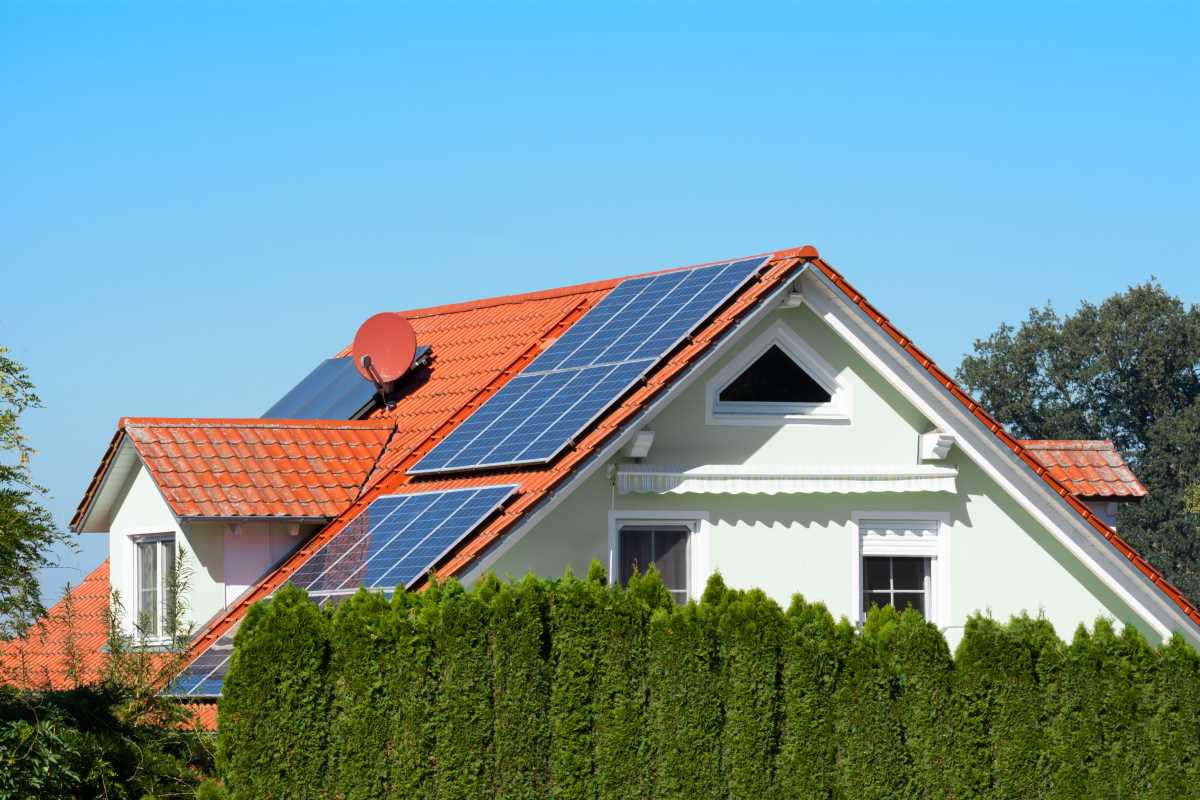As the world becomes more conscious of the environmental impact of human activities, sustainable living has emerged as a key focus in modern construction. Building sustainable homes is essential to reducing our carbon footprint, conserving resources, and ensuring a more eco-friendly future. One of the most effective ways to achieve sustainability in home building is through the use of green technology, or "green tech." This term encompasses a variety of eco-friendly innovations designed to reduce energy consumption, minimize waste, and promote a healthier living environment. In this article, we will explore how green tech transforms home construction and makes it easier for homeowners to embrace sustainable living.
Energy-Efficient Building Materials
One of the primary considerations in building a sustainable home is choosing the right materials. Traditional building materials such as concrete, steel, and wood can be resource-intensive and environmentally harmful. However, green tech has introduced a range of alternative, energy-efficient building materials that minimize environmental impact.
- Insulation: High-quality insulation materials are critical in energy-efficient homes as they help maintain indoor temperature levels, reducing the need for heating and cooling. Advanced options include spray foam insulation, cellulose insulation made from recycled paper, and reflective insulation materials that reduce energy loss.
- Recycled Materials: Many builders are now using recycled materials, such as recycled steel, reclaimed wood, and recycled glass. These materials help reduce the demand for new resources while diverting waste from landfills. Recycled content is particularly popular in flooring, wall panels, and roofing materials.
- Low-Impact Concrete: Traditional concrete production is a significant contributor to carbon emissions. However, innovations such as "green concrete" and low-carbon concrete alternatives are becoming more common in sustainable construction. These materials use industrial byproducts like fly ash or slag to reduce the carbon footprint associated with cement production.
Solar Power Systems
Solar energy is one of the most widely used and accessible forms of renewable energy. Installing solar panels on the roof of a sustainable home can drastically reduce a household's reliance on non-renewable energy sources, like coal and natural gas. Solar panels capture sunlight and convert it into electricity, providing homeowners with a clean, renewable source of power.
- Energy Independence: By incorporating solar panels, homeowners can reduce their dependence on the grid, lower utility bills, and contribute to a more sustainable energy system. Solar power systems can be connected to battery storage systems, allowing homeowners to store excess energy for use during cloudy days or nighttime.
- Integration with Smart Home Technology: Many modern solar power systems are integrated with smart home technology, allowing homeowners to monitor and manage energy production in real-time. This integration ensures that homeowners can maximize the efficiency of their solar panels by adjusting settings based on daily energy usage patterns.
- Government Incentives: Many governments offer financial incentives for installing solar power systems, including tax credits and rebates. This makes solar energy an even more attractive option for building a sustainable home.
Smart Thermostats and Energy Management Systems
Another key element of green tech in sustainable homes is the use of smart thermostats and energy management systems. These devices give homeowners real-time control over their heating and cooling systems, ensuring energy is used efficiently.
- Smart Thermostats: Devices like Nest, Ecobee, and Honeywell's Lyric system allow homeowners to set temperature schedules, adjust settings remotely, and optimize energy usage based on occupancy. These thermostats learn your preferences over time, adjusting to your daily routines and making automatic changes to minimize energy waste.
- Home Energy Management Systems (HEMS): HEMS enable homeowners to monitor and control energy consumption across various household devices. These systems can track energy use for appliances, lighting, heating, and cooling, offering detailed reports on where energy is being used and where savings can be made. Some systems even recommend changes to improve efficiency.
- Zoning Systems: Zoning systems are used to divide a home into distinct areas, allowing homeowners to heat or cool only the rooms in use. This helps prevent energy waste by ensuring that unused spaces are not being unnecessarily conditioned.
Water Conservation Technologies
Sustainable homes also place a strong emphasis on water conservation. Green tech offers several innovations to help reduce water waste, which is crucial in preserving this finite resource.
- Low-Flow Fixtures: Low-flow showerheads, faucets, and toilets are designed to reduce water usage without sacrificing performance. These fixtures use aerators or other technology to maintain water pressure while using less water, helping homeowners save on both water and energy bills.
- Rainwater Harvesting: Rainwater harvesting systems collect and store rainwater from the roof for use in irrigation, cleaning, or even potable water systems (with proper filtration). This reduces reliance on municipal water supplies and lowers water bills.
- Water Recycling Systems: Advanced water recycling systems treat and reuse wastewater from sinks, showers, and washing machines for non-potable uses like irrigation or flushing toilets. This technology reduces the amount of freshwater required to maintain a household.
Sustainable Landscaping and Green Roofs
In addition to the building materials and technologies within the home, green tech can also be applied to outdoor spaces to create more sustainable environments. Sustainable landscaping and green roofs help manage stormwater, improve air quality, and provide natural insulation.
- Green Roofs: Green roofs, which are covered with vegetation, help insulate homes, reduce the urban heat island effect, and promote biodiversity. These roofs absorb rainwater, reducing runoff and contributing to better stormwater management.
- Native Plants: Sustainable landscaping often involves using native plants that are better suited to local climates and require less water and maintenance. These plants also benefit local ecosystems, supporting pollinators and reducing the need for pesticides and fertilizers.
- Rain Gardens: Rain gardens capture and absorb rainwater, preventing runoff and promoting groundwater recharge. These gardens are typically planted with native species that thrive in wet conditions, creating a low-maintenance, eco-friendly outdoor space.







